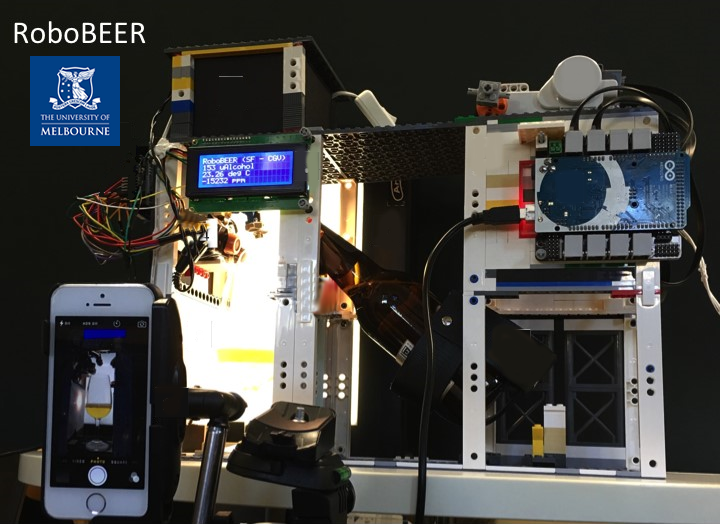Computer application development for agriculture, food and wine sciences
Mobile computer applications development to be used for agriculture, food and wine sciences.
The most important and relevant applications developed by the Digital Agriculture, Food and Wine group can be summarised as follows:
- VitiCanopy App: a smartphone and tablet PC application (iOS and Android systems) that uses upward-looking photography from canopies of grapevines and fruit and forestry trees to assess leaf area index (LAI) and other canopy architecture parameters.
- Object Analyser App: a computer code based on computer vision and machine learning to assess morpho-colorimetric and fractal analysis to assess complexity of objects. This code has been applied to grapevine leaves and medicinal plant leaves to classify them according to varieties.
- Water Stress Mapping: implementation of infrared thermal and multispectral imaging from proximal and Unmanned Aerial Vehicles (UAV) remote sensing to assess plant water status for irrigation purposes using computer vision and machine learning modelling.
- Smoke Contamination and Taint in Wines: Digital tools to assess the effect of bushfires and smoke contamination in grapevine canopies and smoke taint in wines using remote sensing and machine learning.
- Big Data for Grape and Wine Quality: Assessment of big data from vertical vintages to determine wine quality. Bid data was assessed from weather and vineyard water management to predict aroma profiles, sensory of wines and chemometrics.
- Sniffer Dogs with Inspector Paw App: Development of a smartphone application for dogs to detect pest and diseases and to map detection within crop fields.
- Robotic Pourers for Sparkling Wine and Beer: Development of Robotic pourers coupled with computer vision and machine learning to assess morpho-chemomentrics of sparkling wine and beer for quality assessment and consumer preference.
- BioSensory App Algorithms: Computer application to detect non-invasive physiological changes in humans (heart rate, blood pressure, body temperature, posture, emotional response through facial recognition) and animals (heart rate, body temperature, startle, respiration rate).
- Low-cost Electronic Nose (e-nose): Development of low-cost e-nose for applications on beverages and smoke contamination in vineyards and smoke taint in wines and to detect insects in crops (pests).


Associated research groups
Research groups that offer or are affiliated with this capability.
Contact information
For more information, please contact:
- Associate Professor Sigfredo Fuentes: sfuentes@unimelb.edu.au, +61 3 9035 9670
- Dr Claudia Gonzalez Viejo: cgonzalez2@unimelb.edu.au, +61 412 055 704